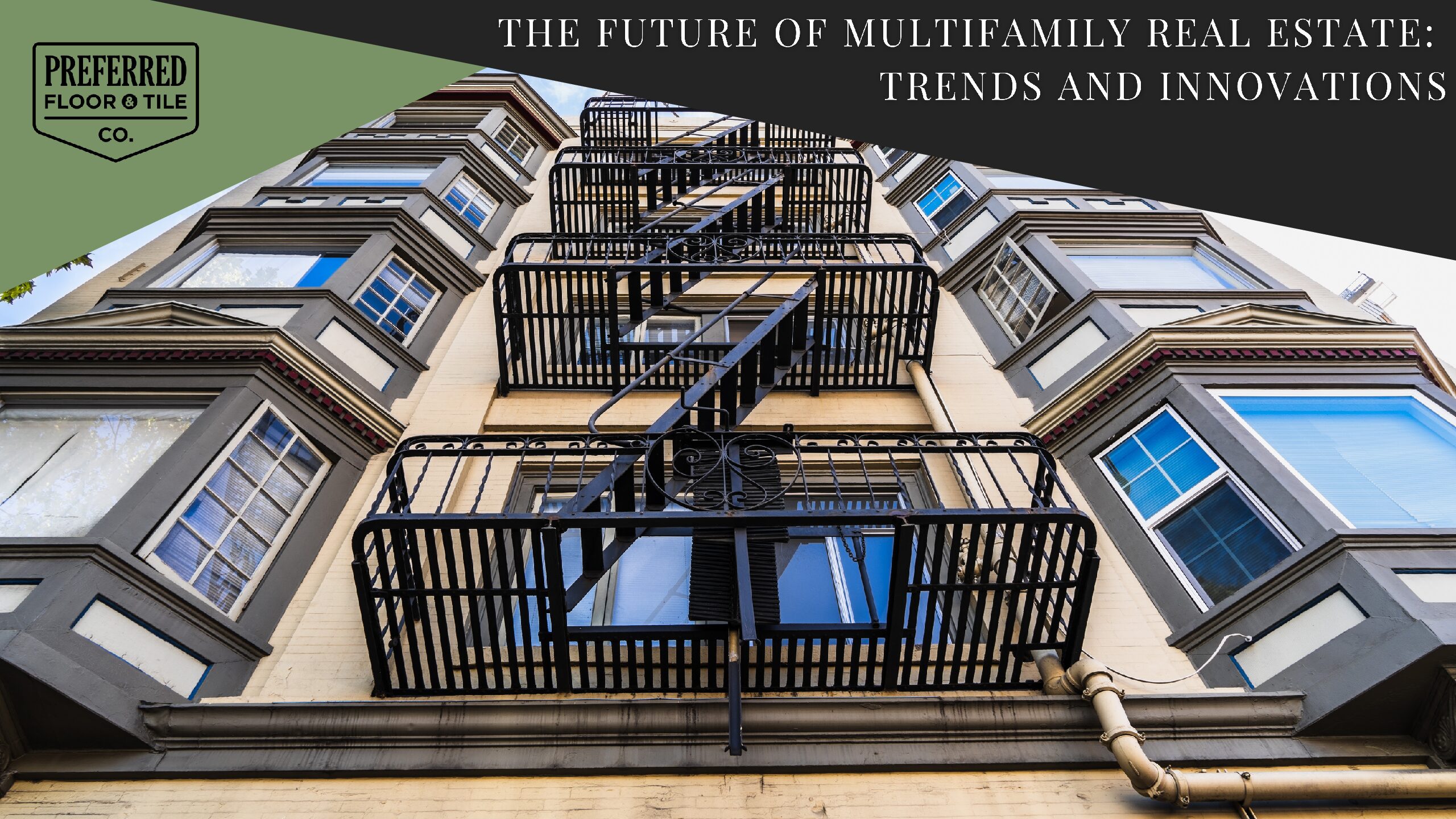Multifamily real estate has been advancing rapidly in recent years, but with the pandemic, a change of direction has been seen in the real estate industry. Developers have embraced innovations to accommodate the latest professional skills and lifestyle choices of residents, along with an ever-changing economic landscape. This blog post examines the current trends and innovations being seen in the multifamily real estate industry and what it means for the future of the industry.
Amenities beyond the norm
The traditional amenities like gymnasiums, swimming pools, and clubhouses are no longer enough. Residents expect perks like a co-working space, pet spas, and bike storage in addition to routine on-site maintenance services. Property managers have maximized available space to provide world-class amenities for maximum resident satisfaction. Residents are also looking for amenities that are environmentally conscious – like urban gardens and green roofs.
Rental technology
Advancements in the Real Estate sector have ushered in technology that has made renting more comfortable and efficient. For instance, residents can now sign leases electronically, make payments, submit maintenance requests online, and tour properties remotely. Furthermore, the presence of advanced technology in rental units, such as the Internet of Things (IoT) devices, is becoming increasingly popular.
Sustainable design
Green building practices are becoming increasingly popular as people are increasingly concerned about environmental impact. Multifamily communities are incorporating sustainable design concepts to conserve natural resources, reduce energy consumption and minimize their carbon footprint. Developers are integrating different energy-efficient features into residential properties like double-paned windows, energy-efficient HVAC systems, and low-flow plumbing fixtures that reduce water usage.
Flexibility in lease terms
The pandemic precipitation has brought about an increase in flexible leases. Property developers are adapting to these new trends by offering unique lease terms and structures to tie in with different accommodation needs. Examples of flexible leasing terms include short-term rental agreements, co-living arrangements, or month-to-month leases. This increase in flexibility has allowed residents to opt-in and opt-out easily by negotiating their rental agreements.
Smart homes
Lastly, technology technology like virtual assistants (Alexa), smart door locks, and thermostats have made smart homes commonplace. Today’s residents are exclusively drawn to properties that have smart home technologies, automation, and devices to make their daily lives easier. Property managers have integrated smart technologies into their buildings that are both functional and equipped with user-friendly systems.
In conclusion, the real estate sector continues to experience noticeable growth fueled by changes in lifestyle, work environments, and technology advancements. Adapting and incorporating trends that align with the residents’ preferences has been the key to maximizing returns and increasing resident retention rates. As multifamily developers seek innovative ways to set themselves apart, residents can expect more smart home technologies, flexible lease terms, energy-efficient designs, and sustainable practices in the future of multifamily real estate. The future of multifamily real estate is bright, and developers who continue to keep up with modern trends and innovations will be ahead of the competition.


